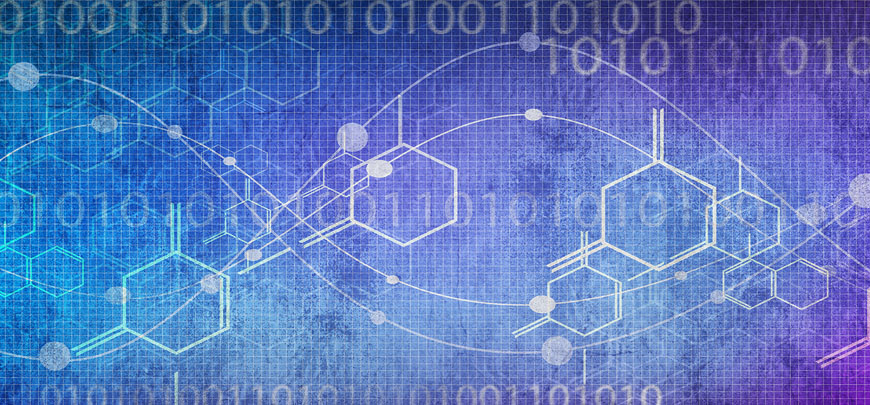What is Biofeedback?

Biofeedback is the process of monitoring the body’s involuntary responses, in order to teach a person to develop control of these functions. The therapist uses the information gathered during each session to teach the patient how to adapt to the responses of their body in order to control specific symptoms.
A scale can be said to be a biofeedback device that measures weight; a thermometer one that measures body temperature. We can measure factors of the body electric such as the voltage of the firing brain cells, the amperage of the heart muscle contractions, the voltage of the muscles and the resistance to the flow of electricity of the skin.
We can measure the oscillations of these factors as seen by the EEG, ECG, EMG and GSR. The same technological theories that brought us biofeedback in the 1960’s, have also brought devices like the CAT Scan, MRI, TENS, ultra-sound, and many other sophisticated TECHNOLOGIES to our healthcare systems.
The information measured with a biofeedback device is then “fed-back” to the client, informing them of various physiological parameters and stress responses within the body, and educating them about the need to retrain their body’s stress responses, balance the body electric, make lifestyle changes or learn to control physiological reactions, in order to achieve improved relaxation and better health overall.
Health Canada’s reference acknowledges its therapeutic aspects, and is perhaps the most indicative of its powerful potential, calling biofeedback “psychotherapeutic measures for nonpharmacologic interventions”.
How Does Biofeedback Work?
Biofeedback utilizes electro-dermal sensors to measure Galvanic Skin Resistance (GSR), also referred to as Electro-Dermal Response (EDR). GSR measures mild electrical impulses on the surface of our skin, which change due to moisture. The moisture of the skin changes according to the body’s degree of stress and/or relaxation. There is a direct relationship between sympathetic nervous activity and emotional arousal. GSR is so sensitive it can even measure fluctuations in emotional states; think about the lie detector, for example.
Biofeedback instruments measure muscle activity, skin temperature, electrodermal activity (sweat gland activity), respiration, heart rate, heart rate variability, blood pressure, brain electrical activity and blood flow. There are many types of biofeedback: GSR, EEG, CAT scan, MRI, etc. These TECHNOLOGIES are able to capture the bodies’ analogue electrical signals and translate those signals into meaningful information through complex algorithmic software that a technician can then decipher.
Research shows that biofeedback, alone and in combination with other behavioural therapies, is effective for treating a variety of medical and psychological disorders. Biofeedback is currently used by physicians, nurses, psychologists, counsellors, physical therapists, occupational therapists, a host of other professionals and laypeople alike.
In 1987, Schneider found that biofeedback is effective in reducing physician visits, medication usage, duration and frequency of hospital stays, as well as reducing mortality and enhancing quality of life.
Studies by Jonas and Levin show biofeedback as an ideal intervention for patients who demand:
- Gentler, less toxic and less invasive first line interventions
- More integrative and alternative therapeutic options
- More information and choice in making the best possible decisions for their care
- More participation and involvement in their treatment
Leading doctors and scientists are now viewing biofeedback, in its aspect of being a psycho-educational therapy, stating: “One of the most fundamental and critically necessary strategies for reducing long term health care costs and improving health and quality of life is appropriate, timely, psychological and educational interventions.” - www.biofeedbackinternational.com
How Does Biofeedback Work?
Everyone can benefit from biofeedback. Most people report biofeedback sessions to be relaxing, soothing and beneficial. Yucha and Montgomery (2008), in their article “Evidence Based Practice in Biofeedback and Neurofeedback” published in The Journal of Applied Psychophysiology and Biofeedback summarized the most current and complete medical research based on scientific rigor and consistency of outcome on biofeedback benefits and efficacy with many health related issues such as: anxiety. ADHD, chronic pain, constipation, hypertension, chronic fatigue, insomnia, diabetes, alcoholism, etc, etc.
